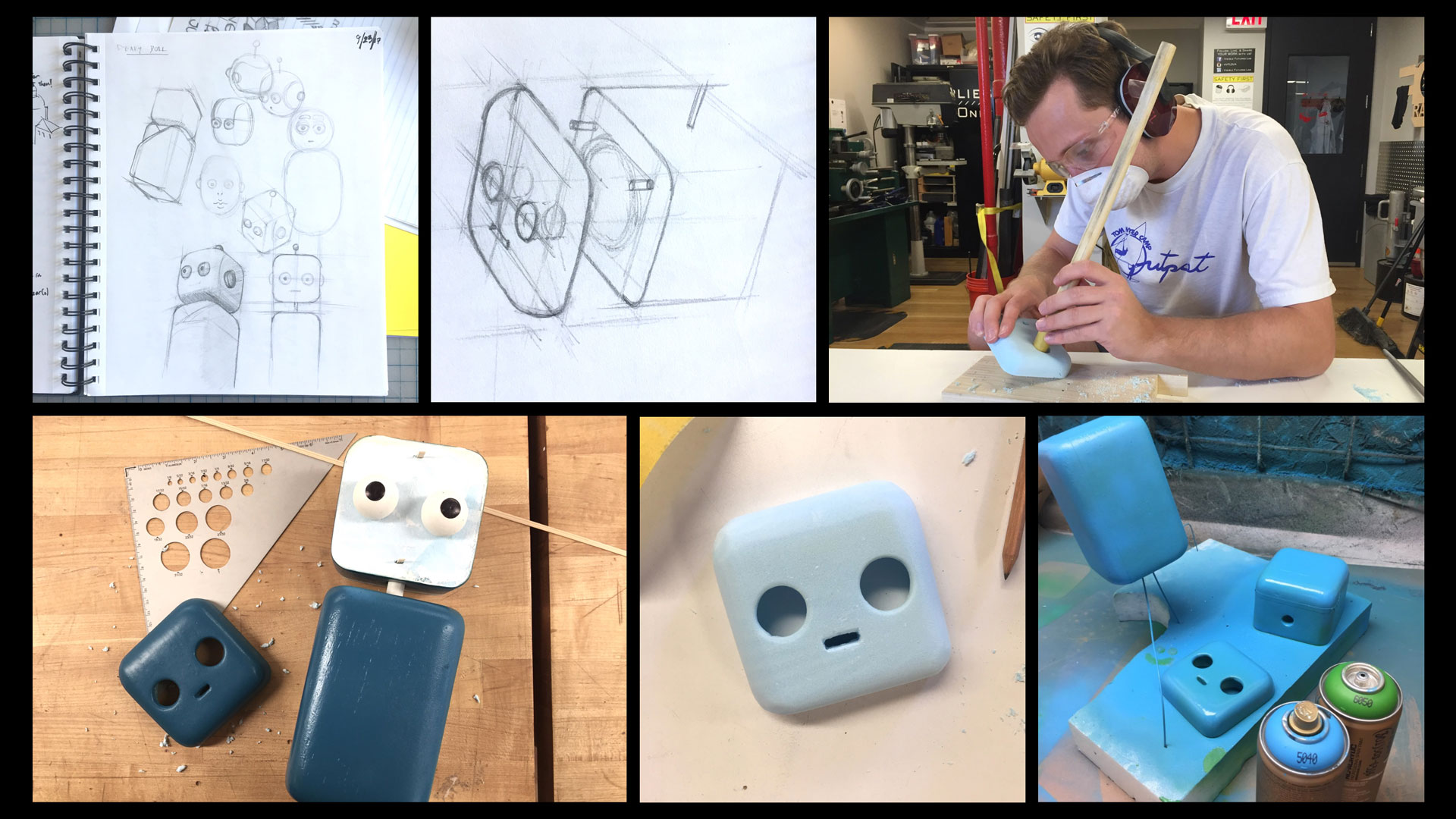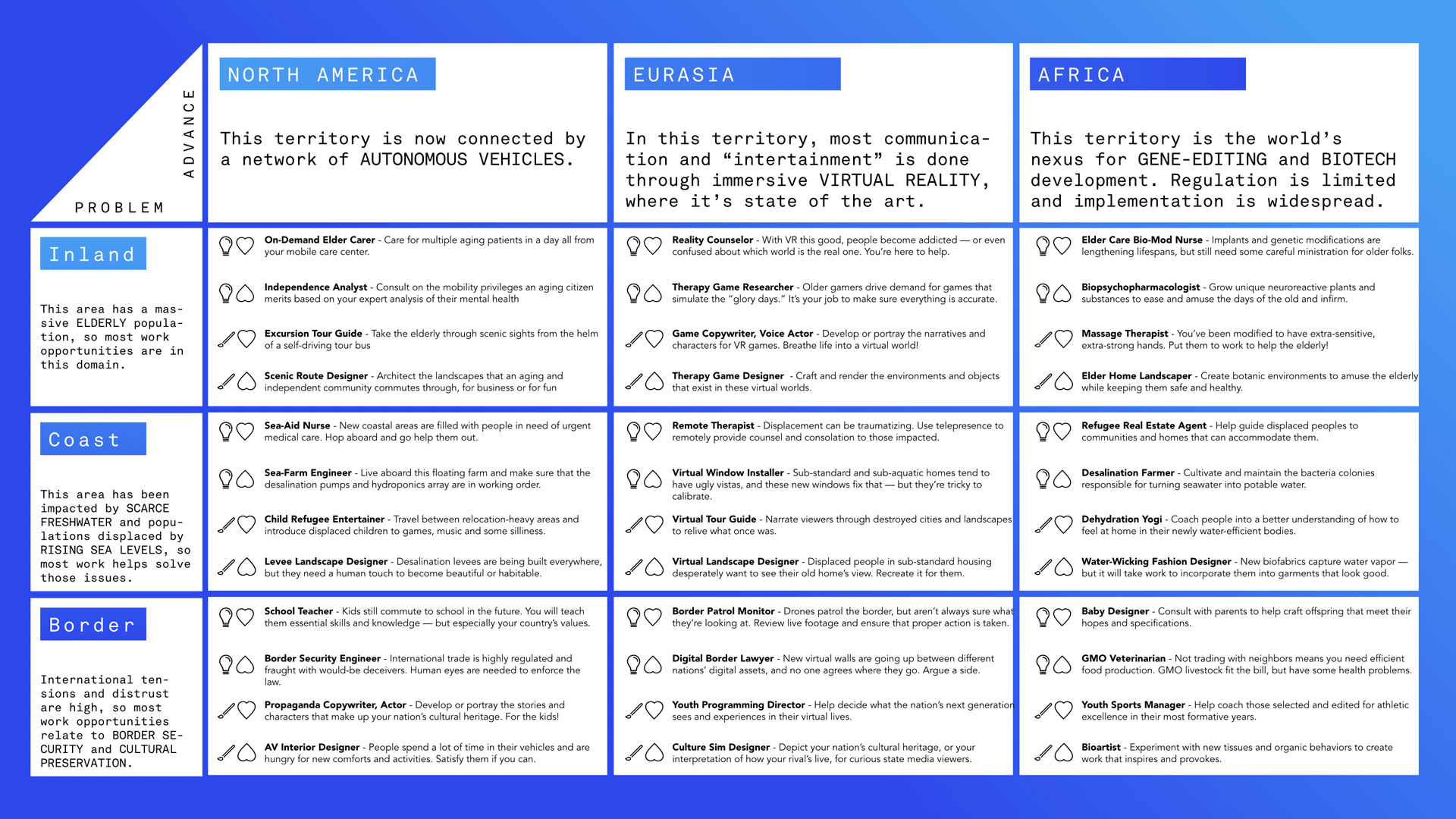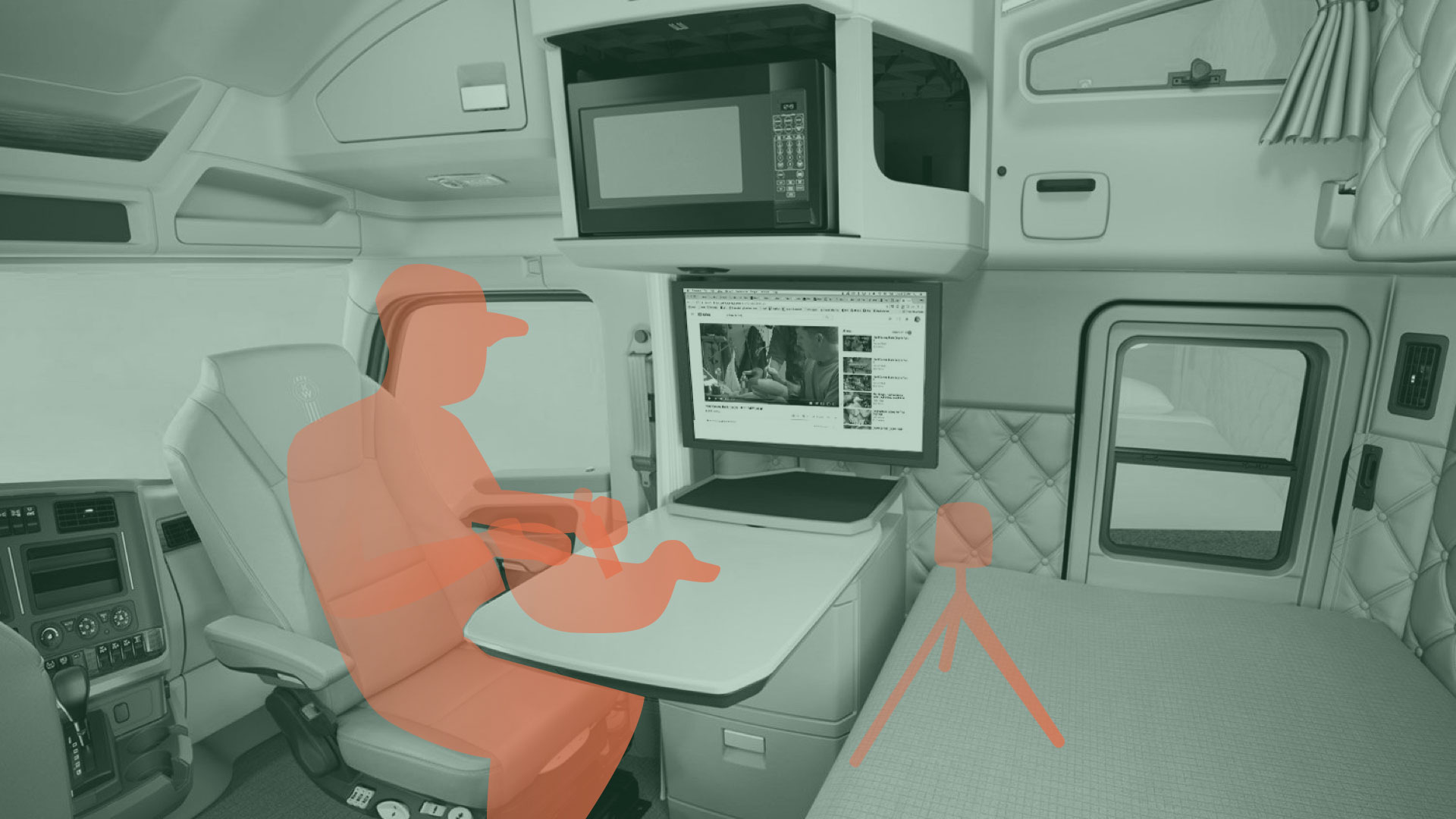ME, MYSELF & A.I.: How I Learned to Love the Machine That Took my Job
As artificial intelligence’s capabilities continue to expand, there’s a growing anxiety that the impending AI Revolution may automate more jobs than it creates—triggering a crisis of worker displacement to rival the Dust Bowl and the Great Depression. In response, Will Crum developed Me, Myself and A.I.: How I Learned to Love the Machine That Took my Job, a thesis of speculative designs that imagine near and distant futures where AI is used to increase individual agency—not diminish it. Crum’s proposals and provocations address access to work and other ways to protect human dignity in an automated age.

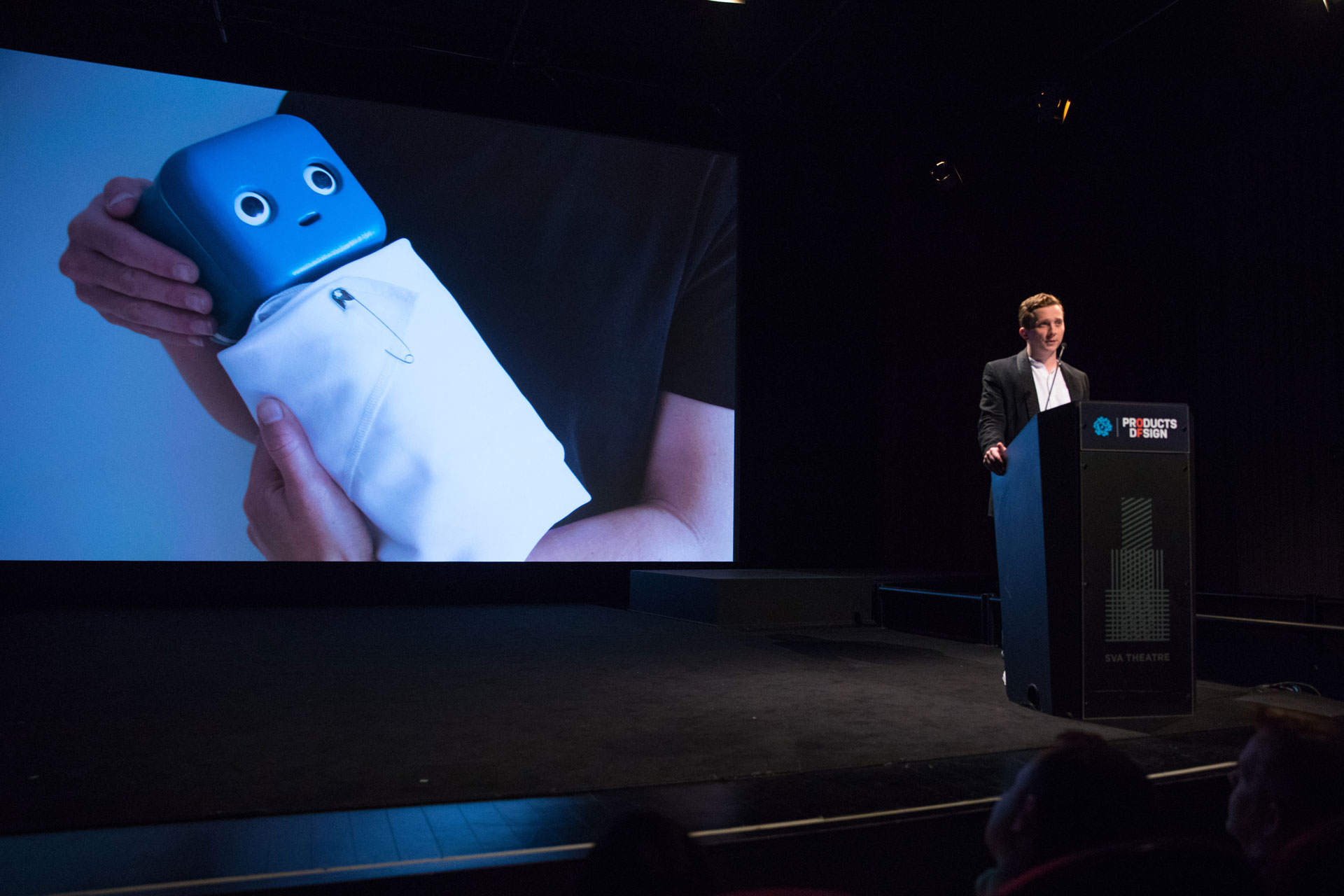
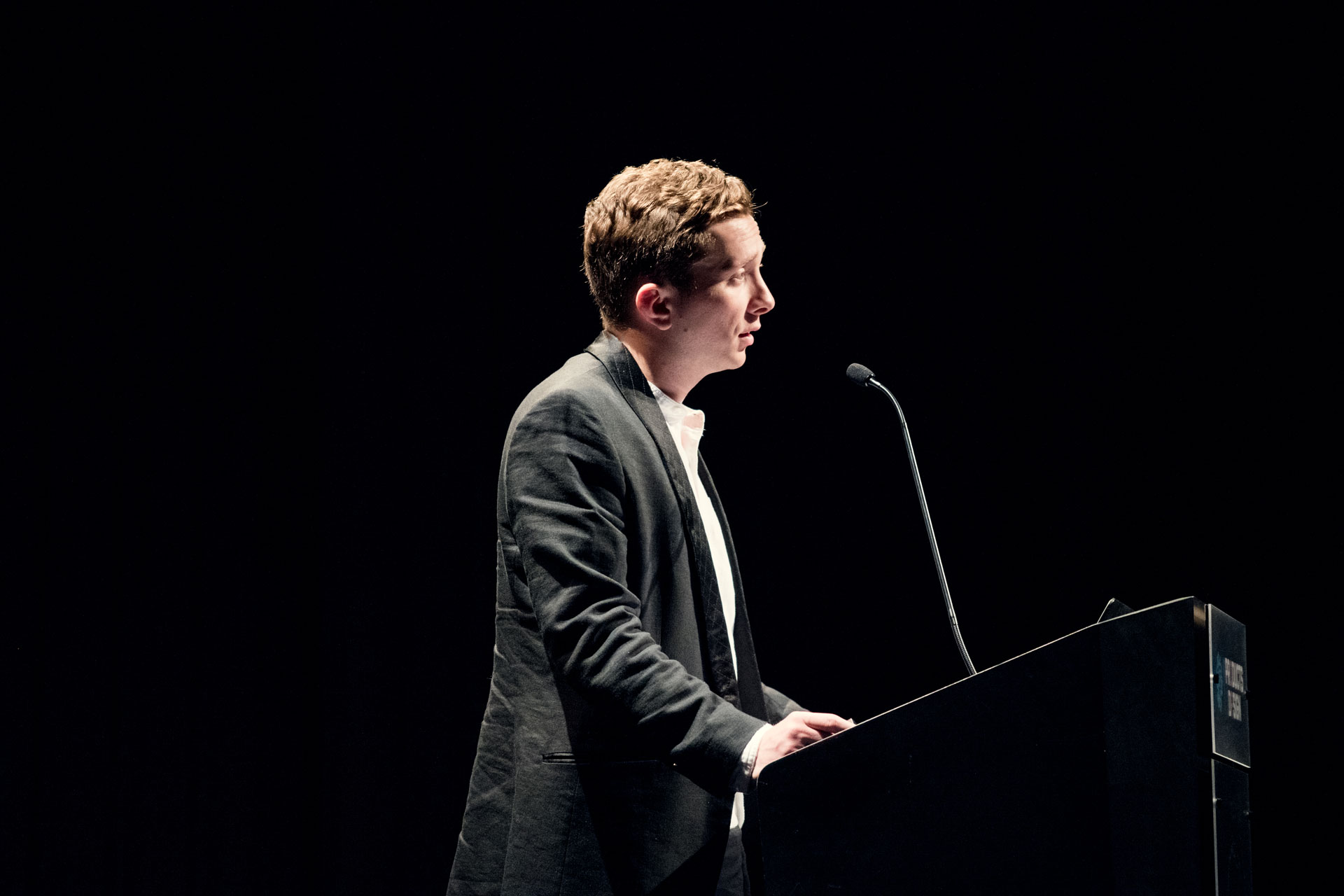
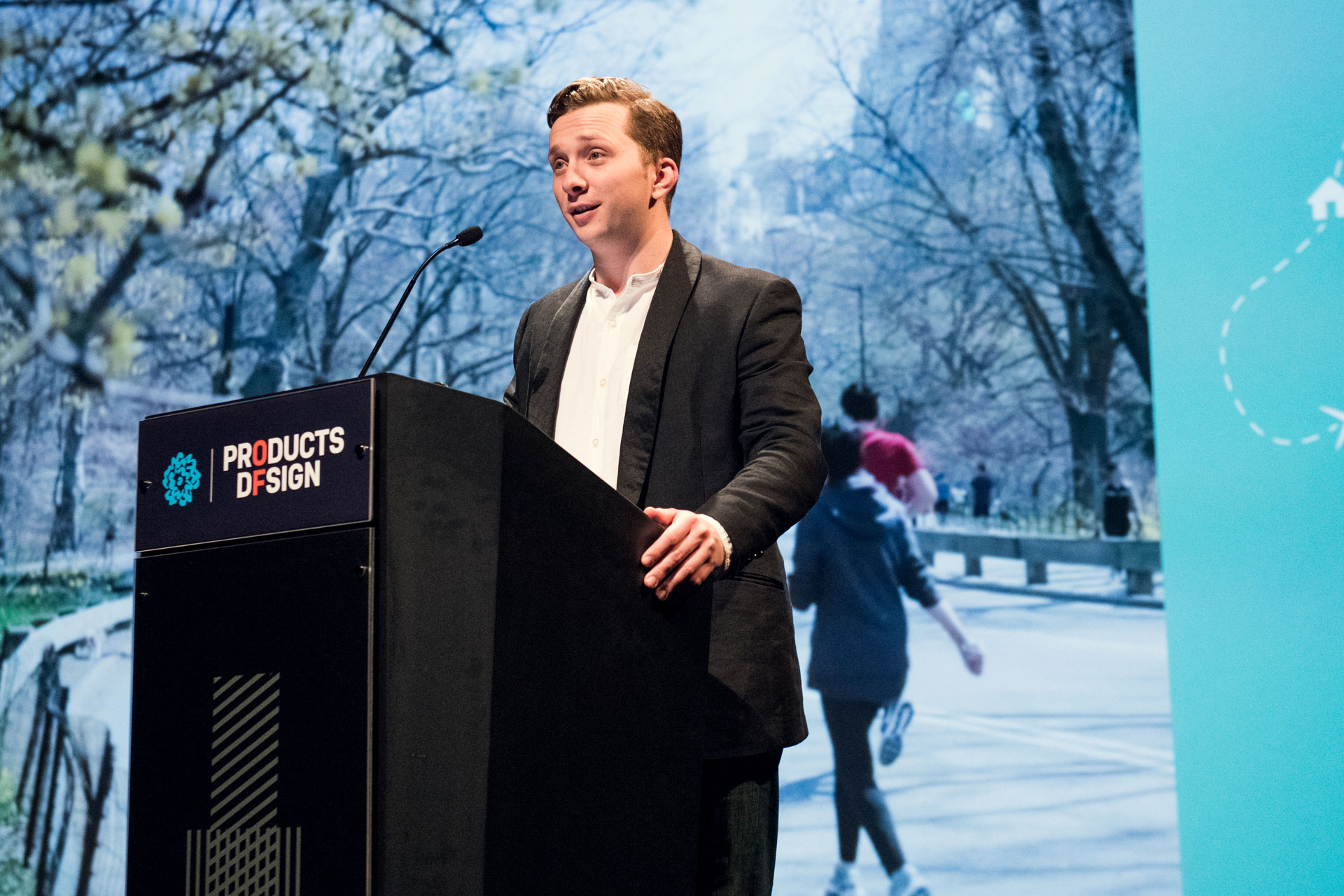
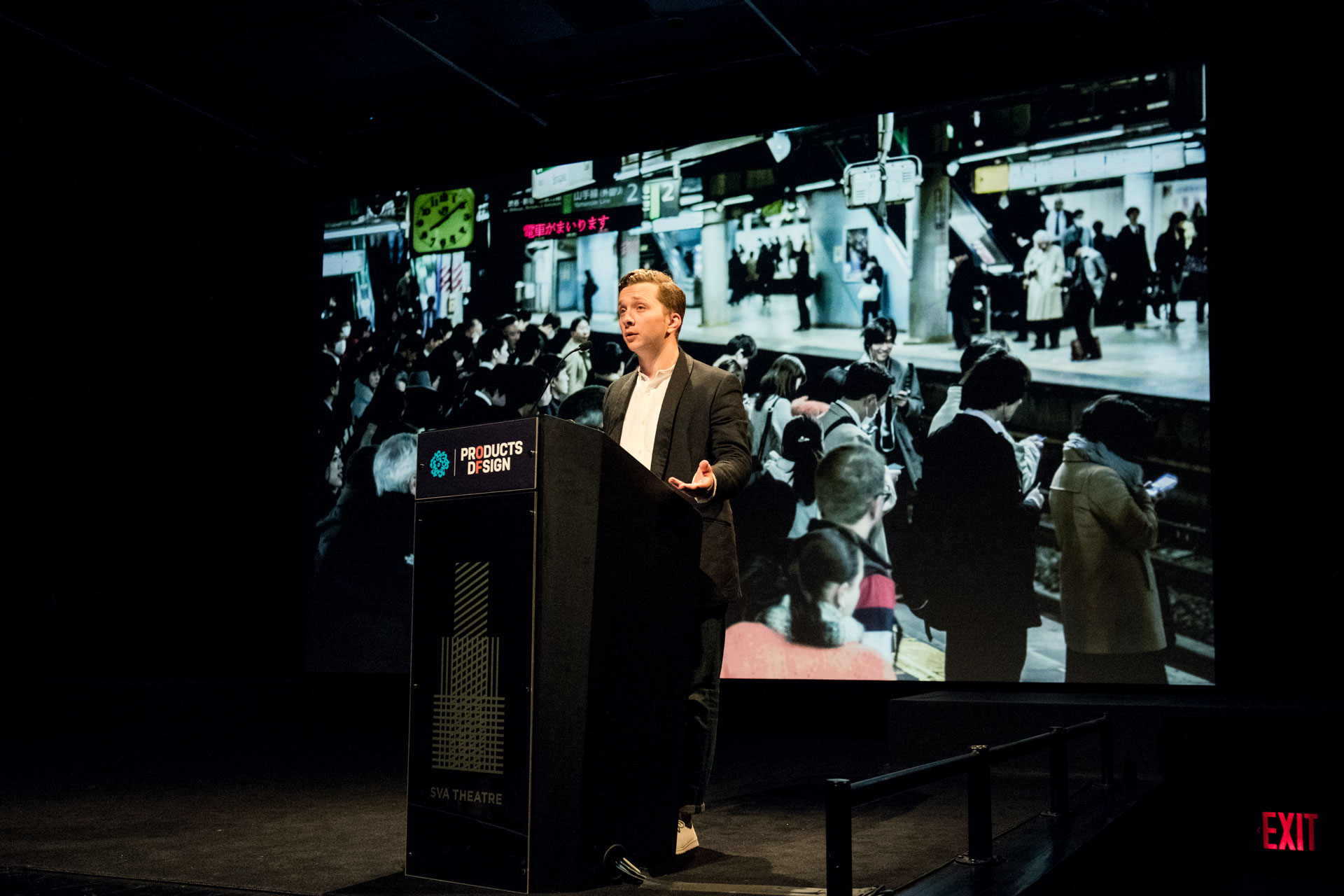
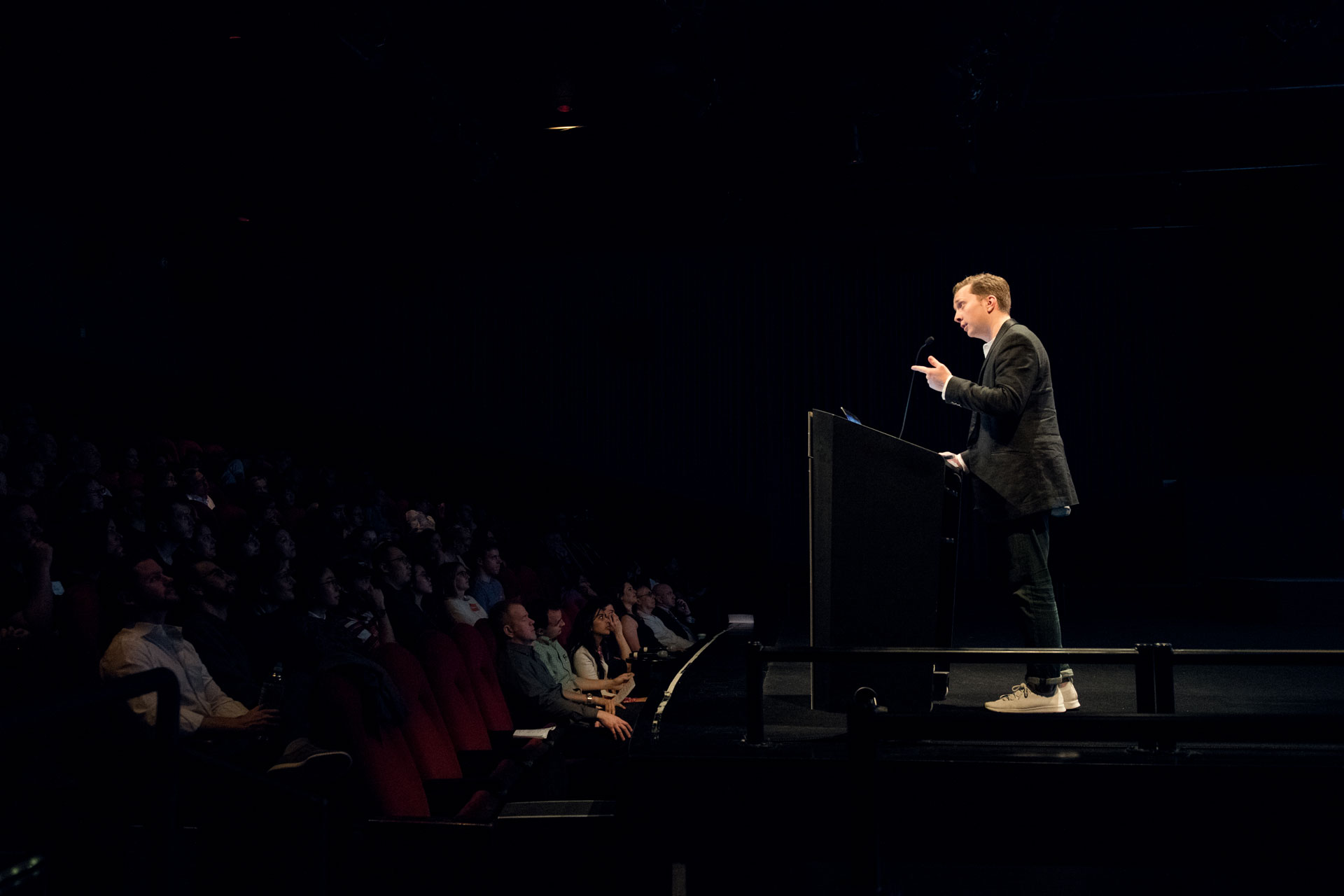
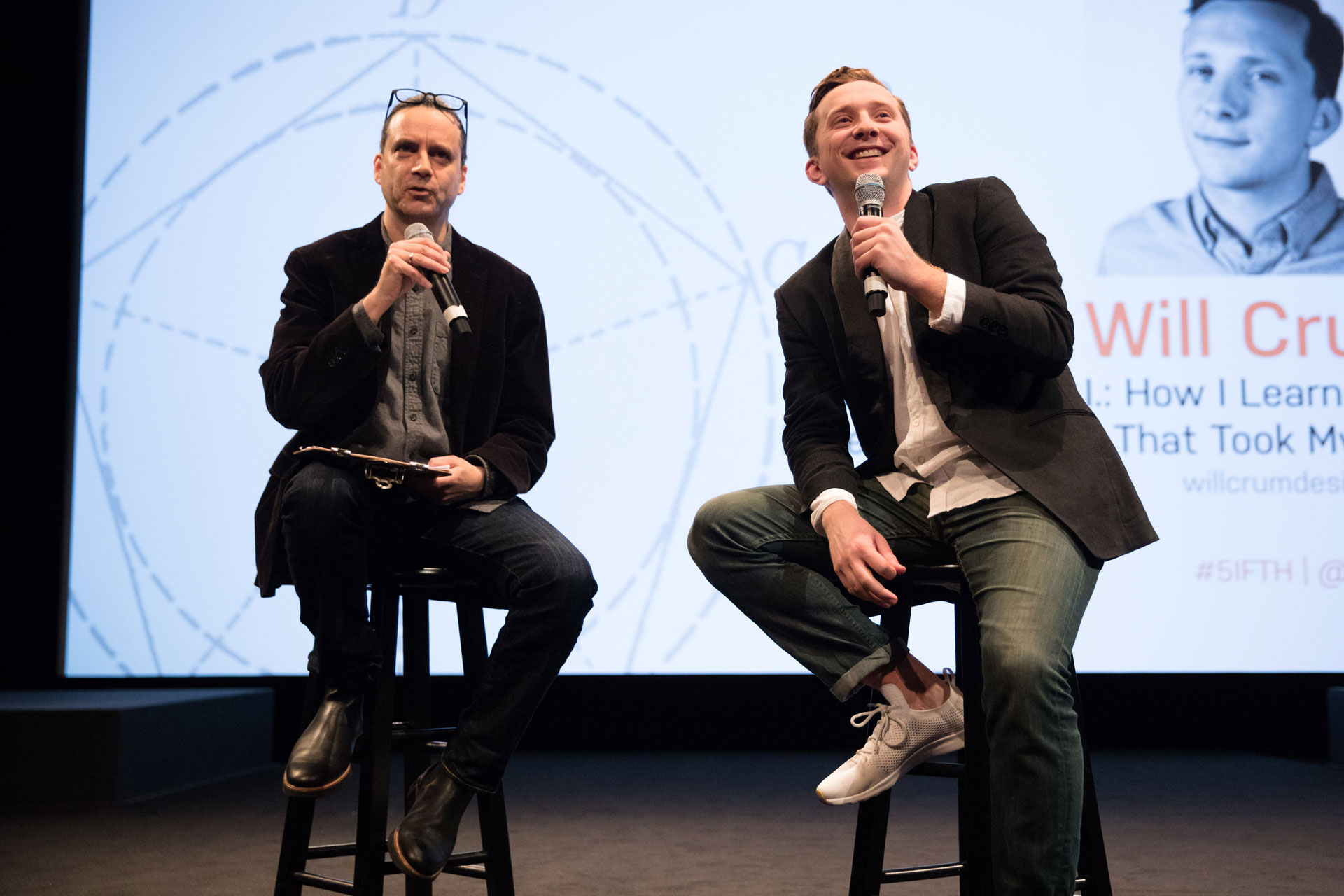

As part of his research process, Crum spoke with engineers, researchers, innovators, educators, authors, and artists exploring the forefront of AI. He soon learned that, while the Hollywood definition of AI (machines that think just like people) was still light-years away, AI is already taking over the world. Task-specific, “narrow” AI is rapidly eclipsing human capabilities in areas like image recognition, voice recognition and natural language processing, promising to transform countless professions. The McKinsey Global Institute found that 50% of current work activities could be automated today, and as much as 14% of the global workforce could be obsolete by 2030. “When I learned this, I realized what my thesis was actually about—the future of work,” said Crum. “I wanted to find out how we can use AI to empower the working class—not replace them.”
Babi
Babi is a speculative object that imagines an AI assistant like Google Home or Alexa with an anthropomorphic makeover. How might our attitudes towards this technology change if its form better communicated their constant data-gathering and total naïveté?
StayGo
StayGo is a service that transforms semi-autonomous truck cabs into mobile offices, allowing truckers to begin their transition to a job for the AI economy while their truck drives itself on the highway.
Classmates
Classmates is an app that uses a chatbot interface to help career-changers find a new role that fits their preferences and personality. The app then connects users to learning resources to get them there, and corrals them into a virtual “classroom” with peers so they can collaborate on classwork—and start building their professional network right away.
Jade
Jade is a wearable device designed to help the elderly remain independent for longer. When Jade notices a worrisome deviation from its wearer’s routine, the pendant vibrates to indicate that it’s concerned. Users can squeeze the pendant to let Jade know that everything is fine—but if they don’t, help will soon be on the way.
The Human Resourcing Dept.
The Human Resourcing Dept. is the job placement agency of the future, where participants answer personal questions posed by an “AI” named PETAR, and are sorted into a future job based on whether they prioritize their critical thinking, creative thinking, or emotional intuition. Crum designed the immersive performance to test how people would react to losing their job to automation and having their new role assigned by a machine.
To learn more about Will Crum’s work, take a look at his projects in more detail on www.willcrum.com. To contact him about work opportunities, or to simply congratulate him on a job well done, send a note to willacrum@gmail.com.





